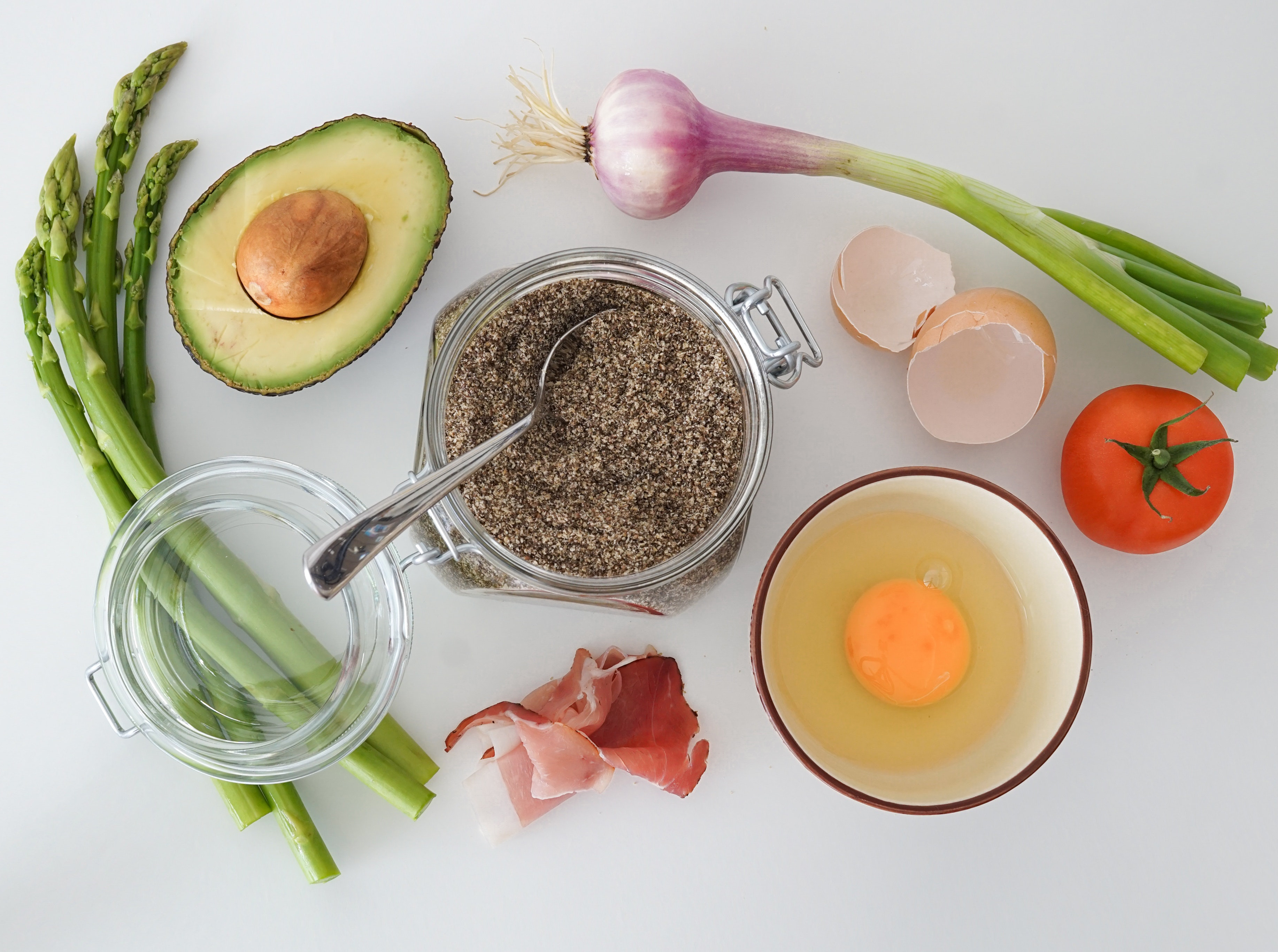Introduction

Companies such as Nestlé and Kellogg are investing in low FODMAP products to deal with the demand from over 40 million North Americans and many more people worldwide living with irritable bowel syndrome (IBS). While the awareness of FODMAP diets and their benefits is limited in the United States, the awareness in Australia is widespread and encourages media promotion and increased dissemination of the benefits of the diet worldwide. The market in the United States has significant potential for companies in the snack food, breakfast food, and restaurant space similar to the gluten-free trend over the past several years. Sources such as the Food Network and Men’s Health describe FODMAP diets as the newest gut-healthy food trend.
Is this the next diet trend?
Low-FODMAP diets are catching on, and they just may be the next big trend like gluten-free products. What are FODMAPs? FODMAPs are short-chain carbohydrates found in common foods (e.g., bread, milk, honey and others).
In particular, high-FODMAP foods are hard to digest for some people, cause excess fluid into the small intestine and generate gas when they are fermented by bacteria in the large intestine. This fluid and gas build-up caused by undigested FODMAPs cause uncomfortable symptoms for susceptible individuals.
Tell me more…
In 2004, a low-FODMAP diet was developed for people with IBS. This diet allows for a way to assess tolerances and avoid certain foods rather than simply foods that had caused problems in the past. The high-FODMAP foods are the ones to avoid, but the low-FODMAP foods offer hundreds of foods that will help people with IBS function better.
High-FODMAP foods exist in four categories:
- Oligosaccharides (e.g., wheat, onions, raisins)
- Disaccharides (e.g., milk, yogurt)
- Monosaccharides (e.g., mango, honey, asparagus)
- Polyol (e.g., peaches, avocado, celery)
Low-FODMAP foods include breads, crackers and certain fruits (e.g., blueberries, grapes, oranges and others) and vegetables (e.g., broccoli, brussel sprouts, kale, potatoes and others).
How does the low-FODMAP diet work?
There are three phases:
- Elimination: During this phase, high FODMAP foods are avoided until symptoms are eliminated or significantly reduced (usually 2 to 6 weeks).
- Challenge/Reintroduction: In the challenge/reintroduction phase, High FODMAP foods from each group are added back from the initial FODMAP elimination diet step in a controlled fashion (one type at a time).
- Integration: Once you have determined which FODMAP group(s) are a problem for you, it’s time to integrate what you’ve learned into your everyday life.
We recommend learning more from FODY Food Co. (www.fodyfoods.com) or Monash University (www.monashfodmap.com) and consulting your health provider before starting a low FODMAP diet. The health world is always changing and learning more about FODY food products can benefit those who suffer from IBS.
Conclusion
If this diet trend and product opportunity sounds interesting to you, we recommend learning more about the diet and products that are distributed as low-FODMAP. Steven Singer of FODY Food Co. knows firsthand the opportunity with the low-FODMAP community and hopes to bring the growth and success of these products from the Australian market to North America, in addition to making the world a better place with happy eating!


